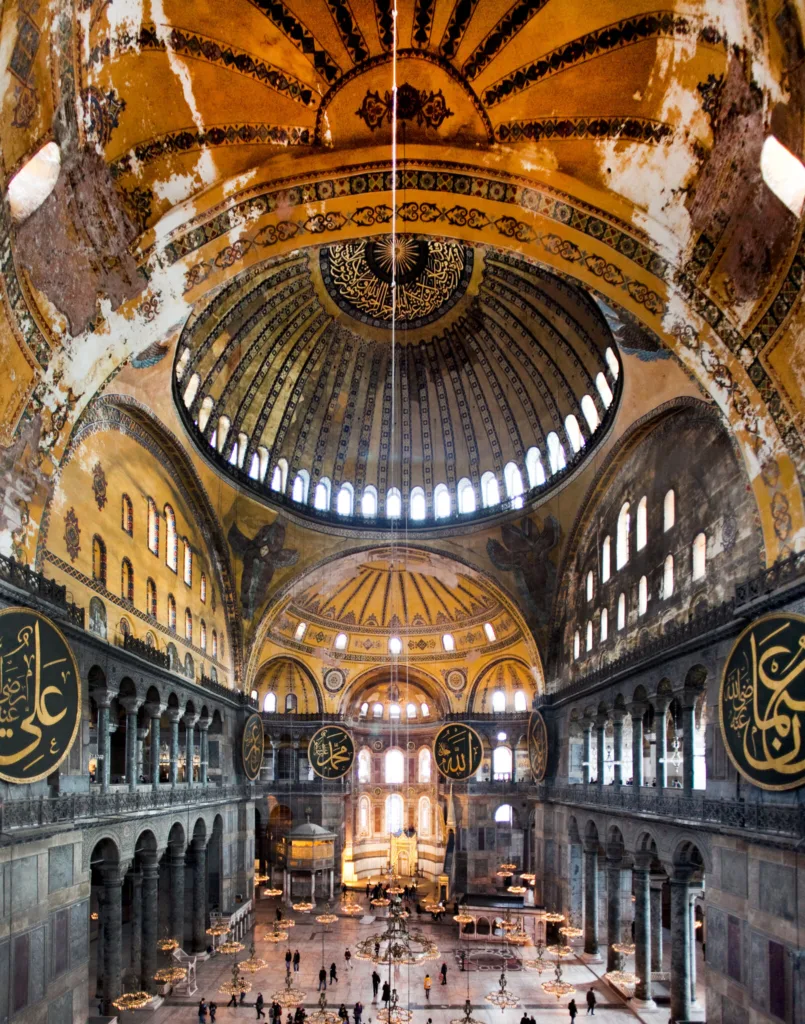Hagia Sophia in Istanbul is set to undergo a major restoration, including the dismantling of its iconic dome, to ensure the structural integrity of the historic monument. The project, which will focus on the dome’s exterior, is necessary due to damage caused by the lead covering and cement-based materials over time.
A temporary roof will be installed to shield the site from weather, allowing uninterrupted work. The restoration will use materials and techniques consistent with the original construction, though some critics have raised concerns about the relevance of Ottoman-era methods to the Byzantine monument.
Repairs will also address damage to the building’s north and east facades, replacing non-original materials with traditional Ottoman ones.

The restoration is part of a broader conservation effort at Hagia Sophia, which has already seen work on its four minarets. Despite the extensive nature of the project, officials plan to minimise disruptions to visitors and worshippers.
Originally built as a Christian cathedral in 537 AD by Emperor Justinian I, Hagia Sophia has been a mosque, a museum, and now a mosque again since its conversion in 2020. The restoration is crucial to preserving its rich history and ensuring its continued legacy as a symbol of both Byzantine and Ottoman heritage.
Source: Ekathimerini.
